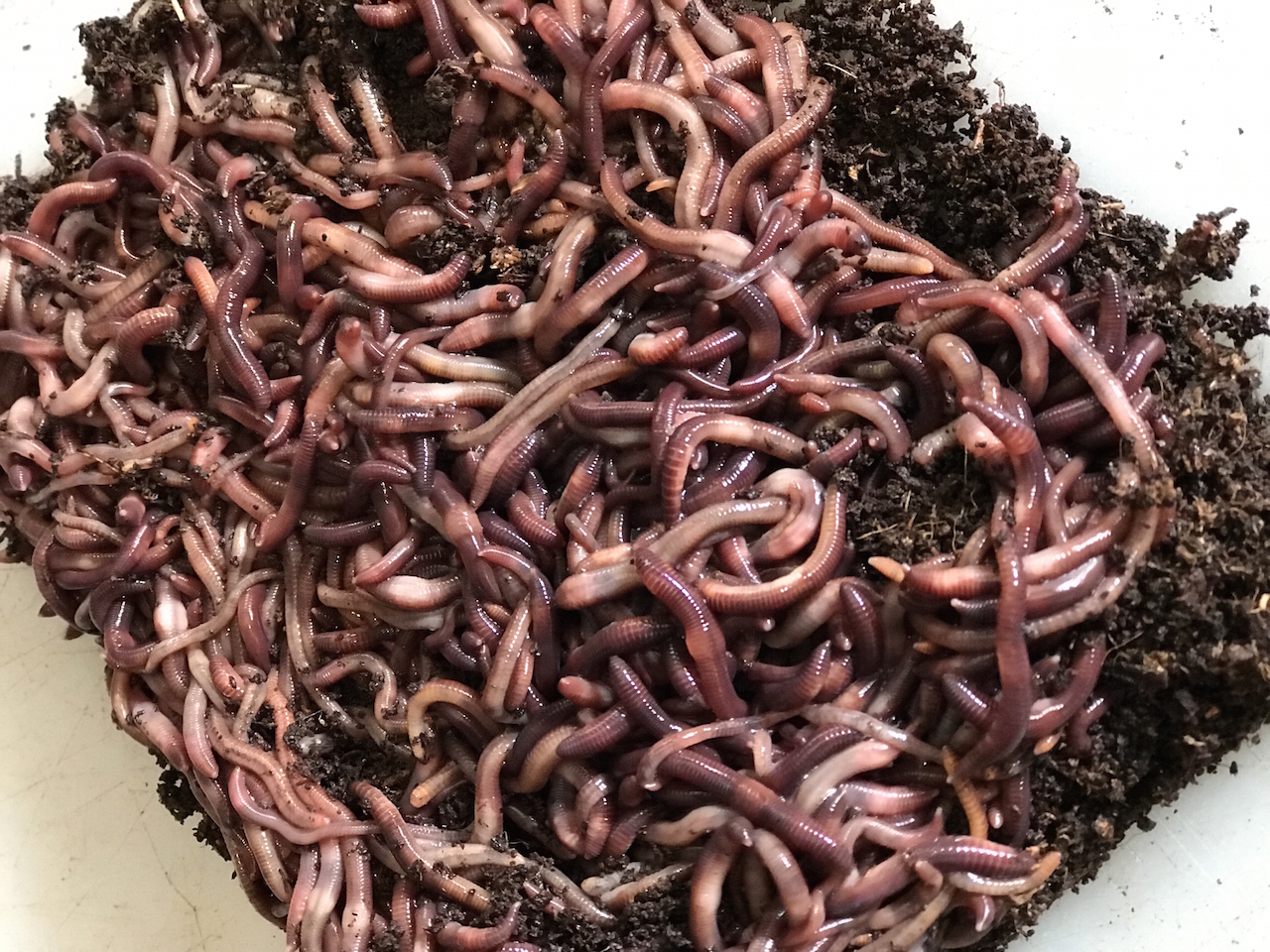Lake Hickory Bait Provides the Resources You Need for a Perfect Lawn
Lake Hickory Bait Provides the Resources You Need for a Perfect Lawn
Blog Article
Red Wigglers: The Unsung Heroes of Organic Waste Recycling
Red wigglers, or Eisenia fetida, act as critical representatives in the natural waste reusing procedure, changing thrown out products right into valuable vermicompost. Their efficient break down of organic matter not only improves soil high quality however likewise adds to sustainable waste administration methods. As the globe progressively looks for options to deal with waste buildup and boost farming efficiency, understanding the role of these worms becomes vital. What devices enable them to flourish in garden compost environments, and just how can they be properly made use of in both residential and industrial settings? Discovering these concerns reveals the broader implications of vermicomposting in our ecological landscape.
What Are Red Wigglers?
The impressive strength of red wigglers, clinically called Eisenia fetida, emphasizes their important duty in natural waste recycling. These small, reddish-brown earthworms are typically found in disintegrating organic issue, such as compost heap and manure lots. Lake Hickory Bait. Unlike other earthworm species, red wigglers flourish in nutrient-rich settings and are highly effective at damaging down natural materials, making them essential for vermicomposting

(Red Wiggler Express)Along with their duty in waste reduction, red wigglers add to soil health and wellness by boosting dirt framework and aeration with their tunneling tasks (Lake Hickory Bait). Their existence in composting systems not just boosts disintegration prices but also promotes a sustainable method to waste monitoring, highlighting their importance in eco-friendly preservation initiatives
Benefits of Composting With Worms
Composting with worms, especially red wigglers, offers many benefits that boost both waste monitoring and dirt wellness. These worms efficiently damage down organic waste, transforming it into nutrient-rich vermicompost that enriches soil. This procedure increases decomposition, enabling a quicker recycling of kitchen area scraps and other natural materials compared to conventional composting approaches.
Furthermore, the vermicompost created by red wigglers is including useful microorganisms, which help enhance soil structure, oygenation, and moisture retention. This boosts the general health of plants, advertising strenuous development and increased returns in yards and agricultural settings. Additionally, the usage of worms in composting decreases the manufacturing of greenhouse gases, such as methane, contributing to an extra lasting waste management system.

Just How to Beginning Vermicomposting
Establishing a vermicomposting system is a simple procedure that can generate significant benefits for both waste administration and dirt enrichment. To start, pick a suitable container, such as a plastic container or wood box, with adequate air flow holes to guarantee correct airflow. The dimensions need to preferably be around 2 feet by 3 feet, allowing sufficient area for the worms to prosper.
Following, prepare bed linens product, which can contain shredded newspaper, cardboard, or coconut coir. This bed linens should be moistened to produce an appropriate environment for the worms. As soon as the bed linens remains in area, present red wigglers (Eisenia fetida) right into the container, typically around one extra pound of worms for every square foot of surface.
Complying with the positioning of worms, add organic waste, such as fruit and veggie scraps, coffee premises, and smashed eggshells. With these actions, you will properly initiate a vermicomposting system that contributes to lasting waste link administration and enhances your dirt.
Keeping a Healthy Worm Bin
(Red Wiggler Express)Maintaining a worm bin growing calls for normal attention and like ensure the health and wellness of the red wigglers and the efficiency of the composting procedure. Appropriate maintenance starts with monitoring the wetness degrees; the container should perspire however not saturated. A good general rule is to maintain a consistency similar to a wrung-out sponge.
Gently mixing the bed linen and food scraps every couple of weeks prevents compaction and makes sure that all worms have access to oxygen. Furthermore, it is crucial to feed the worms suitably.
Temperature policy is another important facet. Red wigglers thrive in a range of 55 to 77 degrees Fahrenheit. If the bin becomes also warm or cold, the worms may become worried - Lake Hickory Bait. Finally, occasionally check for signs of health, such as worm population development and the presence of healthy castings. By carefully handling these factors, one can preserve a robust and productive worm bin.
Influence On Sustainable Living
The effective upkeep of a worm bin not only profits the wellness of red wigglers yet additionally adds dramatically to lasting living practices. By recycling natural waste, such as kitchen area scraps and yard particles, red wigglers aid divert substantial quantities of material from landfills. This decrease in waste not only decreases greenhouse gas exhausts but also decreases the environmental burden related to waste monitoring.
Furthermore, the castings created by red wigglers work as a nutrient-rich natural fertilizer, boosting soil wellness and advertising plant growth. This all-natural option to chemical fertilizers sustains sustainable farming and gardening methods, decreasing dependence on synthetic inputs that can damage environments. Additionally, worm composting cultivates awareness of waste administration, encouraging people and communities to embrace even more sustainable routines.

Final Thought
In summary, red wigglers offer as essential factors to natural waste recycling through their efficient disintegration of natural materials. By integrating vermicomposting right into waste monitoring methods, individuals and communities can significantly lower waste while advertising environmental sustainability.
Report this page